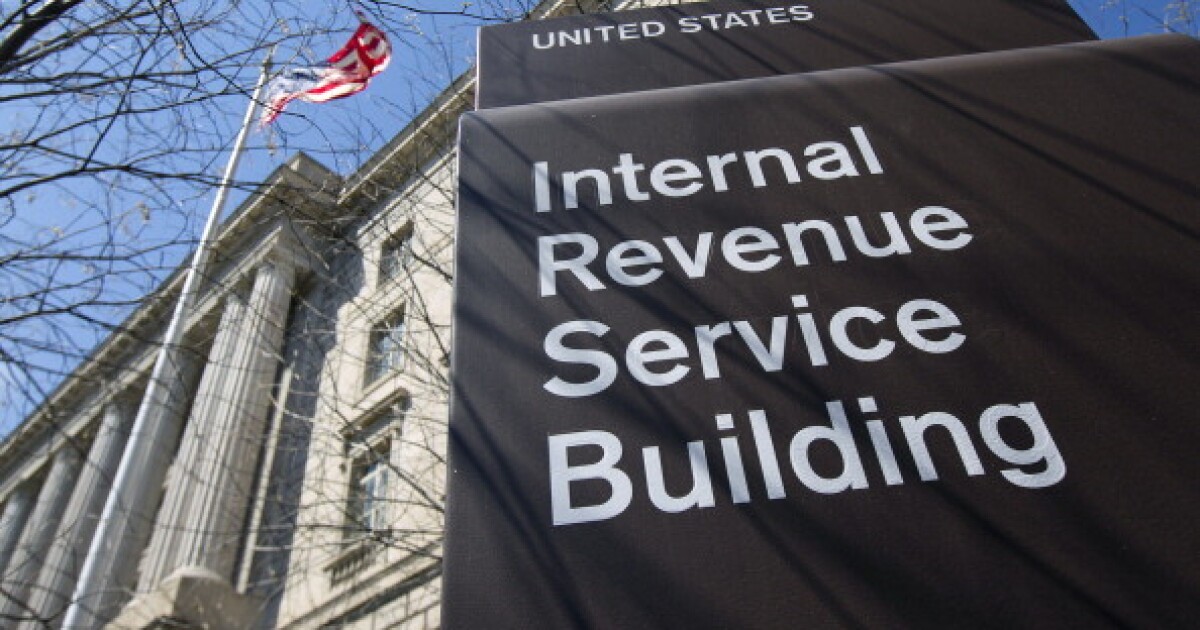A group of over 100 lawmakers reintroduced legislation in the House to expand and strengthen the Low Income Housing Tax Credit.
Rep. Darin LaHood, R-Illinois, Suzan DelBene, D-Washington, Claudia Tenney, R-New York, Don Beyer, D-Virginia, Randy Feenstra, R-Iowa, and Jimmy Panetta, D-California, reintroduced the Affordable Housing Credit Improvement Act on Tuesday along with about 100 cosponsors. The bill has been repeatedly reintroduced in Congress since 2016 without winning final passage. A companion bill in the Senate is slated for introduction soon. Last Congress, the Affordable Housing Credit Improvement Act had 273 bipartisan cosponsors in the House of Representatives and 34 in the Senate.
The Affordable Housing Credit Improvement Act would support the financing of an estimated nearly 2 million new affordable homes across the country by increasing the number of credits allocated to each state by 50% for the next two years and making the temporary 12.5% increase secured in 2018 permanent. The credits have already helped build more than 59,000 additional affordable housing units across the U.S.
The bill would also increase the number of affordable housing projects that can be built using private activity bonds, stabilizing the financing for workforce housing projects built using private activity bonds by decreasing the amount of private activity needed to secure LIHTC funding. Proponents believe that as a result, projects would be able to carry less debt, and more projects would be eligible to receive funding.
“As I travel throughout Illinois’ 16th Congressional District, I frequently hear how the shortage of affordable housing impacts our communities throughout central and northwestern Illinois,” LaHood said in a statement. “To address this growing crisis across the country, Congress must strengthen tools to drive investment into affordable workforce housing and expand housing options for hardworking families nationwide. I am proud to reintroduce the bipartisan Affordable Housing Credit Improvement Act alongside Representatives DelBene, Tenney, Beyer, Feenstra, and Panetta to strengthen our communities and support economic development.”
The bill would also improve the LIHTC program to serve communities such as veterans, victims of domestic violence and rural Americans.
“Too many families are struggling to find a safe, affordable place to call home,” said DelBene in a statement. “This is a pervasive problem across America and in Washington. When people have stable housing, it has a ripple effect throughout other aspects of life. They’re better able to support their families and succeed at work. This overwhelmingly bipartisan legislation makes smart, targeted investments to increase affordable housing supply and help meet the needs of growing communities both in Washington and across the country.”
Since it was created in 1986, the LIHTC has helped build or restore more than 3.5 million affordable housing units, nearly 90% of all federally funded affordable housing during that time. Approximately 8 million American households have benefited from the credit, according to proponents, and the economic activity that it generated has supported 5.5 million jobs and generated more than $617 billion in wages.
In the previous Congress, over half the membership of the House cosponsored the AHCIA, including majorities of both Republicans and Democrats. Key provisions from the bill passed the House with overwhelming support as part of the Tax Relief for American Families and Workers Act of 2024 (H.R.7024): restoring the 12.5% expansion of the LIHTC initially signed into law by President Trump (but allowed to expire in 2021), and easing the private activity bond threshold requirements for accessing four percent credits. This year’s reintroduction of the bill comes as communities across the country struggle with higher housing costs and dwindling supply, according to proponents.
“The overwhelming bipartisan support for the Affordable Housing Credit Improvement Act of 2025 underscores the critical need to increase the supply of affordable rental homes,” said Affordable Housing Tax Credit Coalition CEO Emily Cadik in a statement. “We thank the bill’s sponsors for their leadership and the more than 100 bipartisan House cosponsors for supporting this commonsense solution to expand and strengthen the Housing Credit.”
“With our nation’s housing crisis reaching record levels, there is a strong imperative for Congress to act,” said Dudley Benoit, president of the AHTCC board of directors and executive vice president of Walker & Dunlop, in a statement. “The affordable housing crisis affects every state and all types of communities. The Housing Credit has proven to be an effective tool in urban and rural areas alike. Without action, this crisis will continue to spiral, leaving more families unable to find affordable housing in their communities and making it more difficult for those communities to support a workforce.”


 Economics1 week ago
Economics1 week ago
 Personal Finance7 days ago
Personal Finance7 days ago
 Accounting1 week ago
Accounting1 week ago
 Economics1 week ago
Economics1 week ago
 Blog Post4 days ago
Blog Post4 days ago
 Economics1 week ago
Economics1 week ago
 Economics5 days ago
Economics5 days ago
 Personal Finance7 days ago
Personal Finance7 days ago












